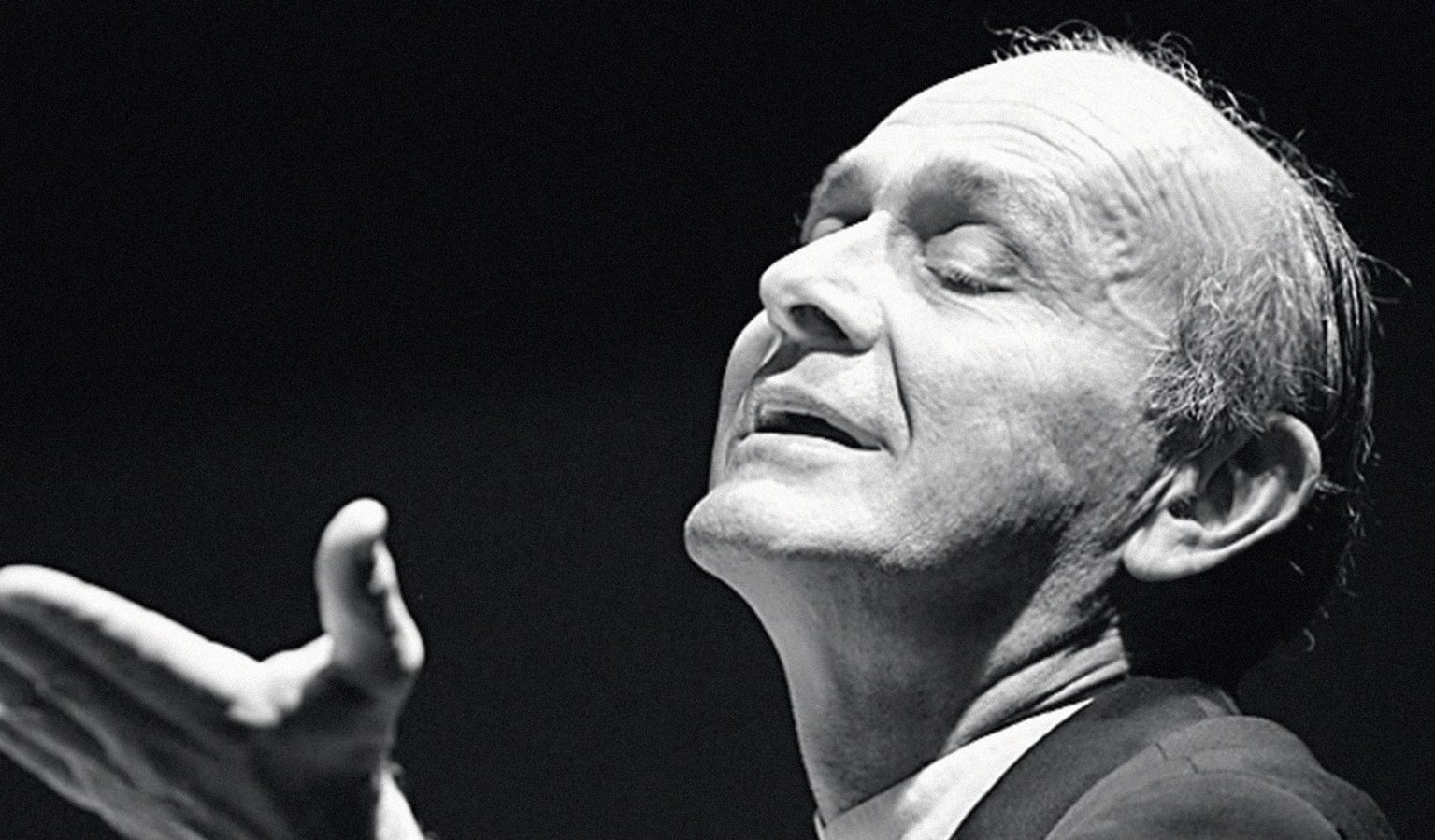
Program
Featuring
Other information
The event is about 2.5 hours long.
About the event
Who could get tired of the warmth-exuding music of Haydn and Mozart, the energetic conducting of Gábor Takács-Nagy, or the sound of Ilya Gringolts’s Stradivarius?
The first movement of Haydn’s Symphony No. 59 explodes like fireworks. However, the work was nicknamed “Fire” only in the 1770s, many years after it was completed, thanks to its performance at the Esterházy Court between the acts of Gustav Friedrich Wilhelm Grossman’s play The Fire. In any event, the nickname of the symphony, which is theatrical and offers surprising changes in dynamics and instrumentaion, seems rather fitting.
Words cannot express our gratitude to the New York City cab driver who in 2008 returned the Stradivarius he found on the back seat of his car to its owner. Known as “Kiesewetter,” the instrument today is played by the Russian Ilya Gringolts, a former student of Itzhak Perlman and the first violinist of the Gringolts Quartet. This time he will use the instrument to perform the solo of Mozart’s last violin concerto, No. 5. Mozart bade farewell to the genre when he completed the work in late 1775, just shy of his 20th birthday. In addition to the orchestral apparatus and the key, the operatic character also connects the piece to Haydn’s “Fire,” with the solo violin behaving at times like a prima donna. Also known as “Turkish,” the concerto ends with a finale that indeed evokes Turkish and even Hungarian „Verbunkos” motifs.
After the intermission, the BFO will be joined by timpani as well as a sizable wind section, all necessary to perform Haydn’s Symphony No. 99. For the composer, primarily accustomed to private concerts at aristocratic courts, England’s capital and the concerts performed in great halls for the paying public were a tremendous experience. He composed this symphony in 1793 for his second hugely successful tour in London, while at the same time paying tribute to his friend Marianne von Genzinger, who had passed away not much earlier.
